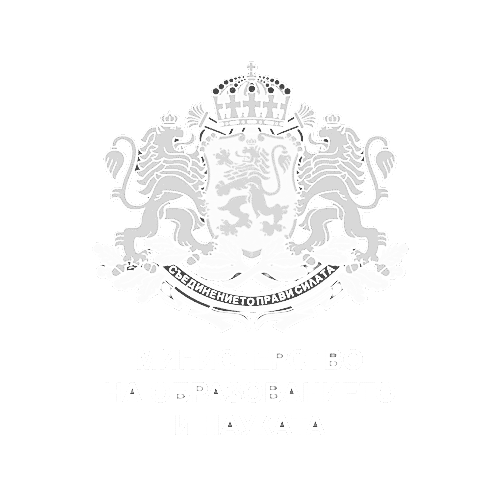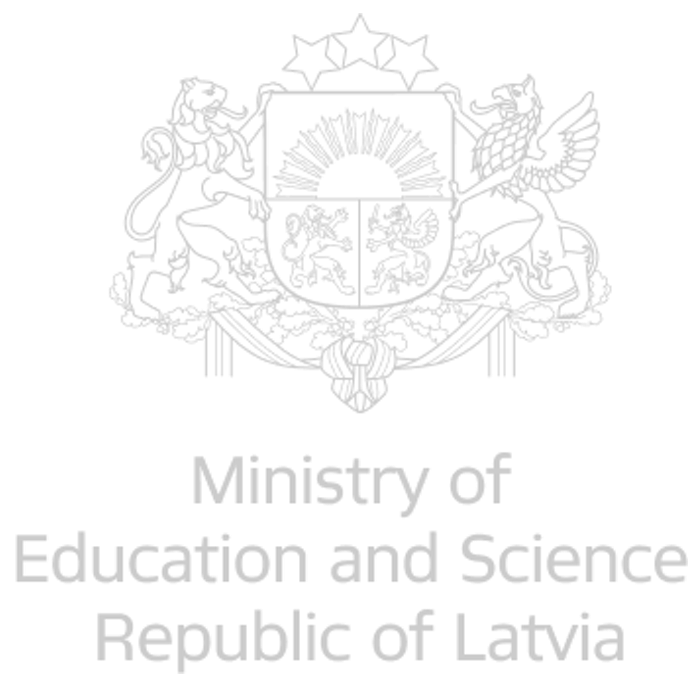Published 22 November 2022
During the closing day of ICRI 2022, the Brno Declaration on Fostering a Global Ecosystem of Research Infrastructures which highlights the essential role of research infrastructures was introduced. This call for action is supported by the European Union Member States and the European Commission, which are open to using their own processes, and the European Strategy Forum on Research Infrastructures (ESFRI) to underpin the development of a thriving global Research Infrastructures ecosystem.
Brno Declaration on Fostering a Global Ecosystem of Research Infrastructures
GENERAL POLICY PERSPECTIVES
- Research infrastructures (RIs) are top-class facilities which provide research and innovation (R&I) communities with unique knowledge and expertise, experimental evices and technical resources, extensive collections of data sets, and related ICT and computing services. These are essential to conduct breakthrough fundamental research and drive excellence, extending the frontiers of human knowledge beyond yet known horizons, to perform cutting-edge applied research, advancing the technology development and feeding into science-driven innovation, and to provide services in the support of tackling grand societal challenges, including the United Nations Sustainable Development Goals.
- RIs bring together a critical mass of human, material and financial resources, and integrate a large variety of stakeholders, including outside R&I, in a multi-disciplinary and cross-sectorial way. Thus, they facilitate problem-solving and solution-oriented approaches to cope with the pressing social, health, environmental and economic challenges, and to enhance the well-being of the society. As a result, RIs strengthen the resilience and preparedness of the society to address crisis scenarios requiring knowledge- and science-based solutions.
- RIs play an important role in collecting, processing, storing and providing access to the scientific data in line with the FAIR (Findable, Accessible, Interoperable and Reusable) principles on digital data. They facilitate the use of scientific data across a broad range of disciplinary domains and internationally, and thereby contribute to the implementation of open science policy in a fundamental way.
- RIs anchored in regional and national strategies can trigger and accelerate societal and economic development of their sites and neighbouring regions through attracting both public and private investments (e.g., science and technology parks, innovation hubs, etc.), offering jobs, including the managerial, scientific, technical, administrative and other highly skilled positions, stimulating the supply chains, and amplifying the civil infrastructure and related services.
- RIs, by creating geographically well-balanced and excellence-based networks of knowledge hubs, have a huge potential to help bridge the research gap and close the innovation divide between macro-regions. They can increase the competences of communities to resolve their local and regional urgent social, health, environmental and economic needs, as well as to contribute to responding to the grand societal challenges of the macro-regional and even global relevance and impact.
- The RIs ecosystem represents a key component of the critical infrastructure (i.e., physical and virtual systems and assets which are essential for the functioning of a society and its economy), in addition to energy, environmental, emergency, healthcare, defence or security infrastructures. It empowers scientists and equip innovators to come up with novel and feasible solutions to address sudden threats, and increase the immediate response capacity of the society to deal with acute crisis scenarios, such as those induced by the SARS-CoV-2 outbreak and Covid-19 pandemic. When operated on a broad access policy basis for all their potential users, RIs catalyse scientific enterprise by concentrating needful resources and help maximise the returns of R&I investments. They also enable broader and more diverse user communities to achieve R&I results that would be very difficult to achieve by individual R&I actors.
- RIs that have a strong international dimension, including those based on interconnected networks of RIs, benefit from exchanging experiences and good practices. They enrich their outputs from sharing access to their scientific data and information. They attract talents and, therefore, act as platforms for talent circulation. They can join their forces to tackle grand societal challenges on a global scale. For that purpose, they need to address interoperability requirements, including for their evolution and instrumentation.
- The Group of Senior Officials on Global Research Infrastructures (GSO), a working group under the G7 (Group of Seven), and the International Conference on Research Infrastructures (ICRI), among others, discuss the evolution of a global RIs ecosystem. The global RIs ecosystem would benefit from strengthening this process to better identify common priorities for international cooperation, and adequate tools and opportunities to align resources accordingly.
- Beyond their primary R&I missions, RIs with an international dimension can play a key role as tools facilitating science diplomacy, keeping communication channels open and building trust between nations and cultures, including those with difficult political relationships. The current geopolitical situation has put this role to a test.
CALL FOR ACTION
- R&I policy-makers, including regional authorities, are invited to place RIs at the forefront of their policy-making, based on careful assessment of research and user demands, including at the global level. RIs are one of the key vehicles to implement open science policy. They can also play a critical role in building the knowledge hubs and place-based innovation centres which are important for regional and local economies.
- RI policy-makers and funders are invited to explore the convergence of responsible policy-making on RIs with other sectorial policy-making in the areas such as energy, environment, agriculture or health, where RIs not only contribute to knowledge-based solutions to grand societal challenges but also help facilitate sustainable prosperity. The environmental impact and the climate footprint of RIs must also be considered to strengthen their resilience and to contribute to the sustainability of R&I sector.
- RI policy-makers and funders are encouraged to consider RIs as a strategic investment and to take into account that construction of RIs embedded in regional and national strategies holds a great potential to accelerate socioeconomic development. A well-balanced geographical distribution of RIs can help harvest the full potential of the R&I excellence around the world. RIs should also be viewed as an integral part of the critical infrastructure that is necessary to cope with sudden crises.
- RI policy-makers and funders are encouraged to treat RIs as a long-term commitment in order to create a stable, reliable and predictable funding environment based on careful monitoring of RIs’ excellence and user demands, including at the global level.
Such an approach is vital for enabling effective RI financial planning and their long-term sustainable development. Funding instruments should meet the needs of RIs through all their life-cycle phases, including concept development, design, preparation, implementation, construction, operation, major upgrades, reorientation, and decommissioning and termination. - RI managers are encouraged to develop projects of RIs based on robust and sustainable economic models, implement them according to determined timeframes, control their financial trajectories, and limit delays and additional costs.
- RI policy-makers and funders are invited to exploit the full potential of synergies in RI funding and develop a cross-sectorial approach by combining in a complementary way the financial resources allocated to implement research, educational, innovation,
industrial, regional and other sectorial policies, while ensuring that the interests of every RI funder are respected. They are encouraged to take measures, where deemed necessary, to remove barriers and overcome obstacles hindering synergies in RI
funding. - RI policy-makers, through a deeper comprehension of the RIs landscape, are invited to incentivise networking, clustering and integrating of RI facilities, thereby ensuring coherence of the different RI capacities and capabilities at the national, macro-regional
and global levels, and thereby contributing to building an integrated, optimised and financially sustainable global RIs ecosystem. This RIs ecosystem should include single-sited, distributed and virtual RIs, large-scale installations, as well as mid- and small-sized RIs, thereby maximising their synergic benefits and impacts, since regionally anchored RIs are an integral part of the local scientific and economic capacities and capabilities, and they play an indispensable role in the construction of the whole RIs
ecosystem. - RI policy-makers, funders and operators are encouraged to share experiences and exchange good practices internationally in the areas of RI policy-making and funding, roadmapping and landscape analysis, user strategies and access policies, governance
and management, and monitoring and assessment, thereby feeding into strategy debates to be held at both expert and high-level political levels in relevant international fora. The cooperation should be based on the principle of balanced reciprocal openness, promoting a level playing field underpinned by fundamental values and common framework conditions. RI stakeholders are invited to use their international cooperation networks to advance the global RIs ecosystem. - RI policy-makers, funders and stakeholders are encouraged to set up a dialogue on the principles for the international RI cooperation, taking into account the RI needs such as for interconnected networks of RIs, exchanging experiences and good
practices, sharing FAIR access to scientific data and information, providing training, attracting talents, tackling grand societal challenges and addressing interoperability requirements, including for their evolution and instrumentation. - RI policy makers, funders and stakeholders are invited to seize the opportunity of the International Conference on Research Infrastructures (ICRI) as a global RI forum to address on a regular basis the RI topics of common global interest, and in this context, explore ways for actionable outcomes, including joint projects.
- GSO is encouraged to further support international cooperation, notably by analysing options for the RI interoperability standards, inter alia building on the GSO Framework for Global Research Infrastructures and the GSO Declaration of Intent on Global Excellence-Driven Access.
- RI policy-makers are encouraged to engage with policy-makers in the foreign and security policy domains on the role RIs can play as a tool facilitating science diplomacy in the current geopolitical context.
CONCLUSIONS
The EU Member States and the European Commission support the aforementioned call for action and are open to using their own processes, and the European Strategy Forum on Research Infrastructures (ESFRI), to underpin the development of a thriving global RIs ecosystem
1 As set out in the Communication from the Commission to the European Parliament, the Council, the European Economic and Social Committee and the Committee of the Regions of 18 May 2021 on the Global Approach to Research and Innovation: Europe’s Strategy for International Cooperation in a Changing World COM(2021) 252. Connecting RIs across the globe to better address grand societal challenges is also fully in line with the Joint Communication to the European Parliament, the Council, the European Economic and Social Committee, the Committee of the Regions and the European Investment Bank of 1 December 2021 on the Global Gateway JOIN(2021) 30.
Download the declaration here or read it via the web viewer below.


